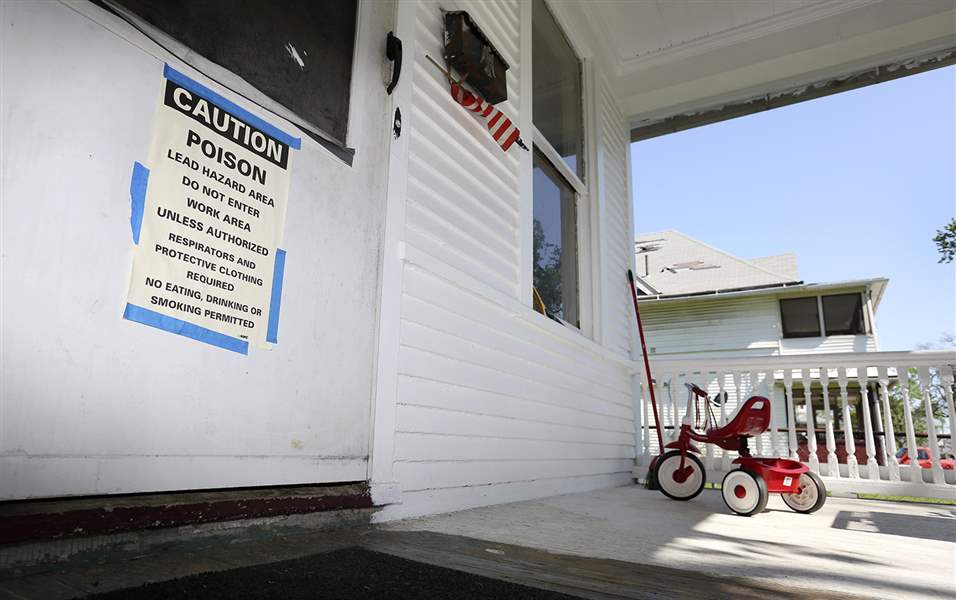Lead


Lead is a naturally occurring element found in small amounts in the earth’s crust. While it has some beneficial uses, it can be toxic to humans and animals, causing health effects.
Lead is particularly dangerous to children because their growing bodies absorb more lead than adults do. Their brains and nervous systems are more sensitive to the damaging effects of lead. Babies and young children can also be more highly exposed to lead because they often put their hands and other objects that can have lead from dust or soil on them into their mouths. Children may also be exposed to lead by eating and drinking food or water containing lead or from dishes or glasses that contain lead, inhaling lead dust from lead-based paint or lead-contaminated soil or from playing with toys with lead paint.
Lead-based paint is usually found in paint or a surface coatings on, or in a building constructed prior to January 1, 1978. It was widely used in areas exposed to salt air because it extended the useful life of the coatings. All buildings should be assumed to have lead-based paint unless they have been tested and shown otherwise. Renovation, repair, or painting work done in those facilities could release hazardous lead dust which can be harmful to you and your family. If the paint is in good shape, the lead paint is usually not a problem. Deteriorating lead-based paint (peeling, chipping, chalking, cracking, damaged, or damp) is a hazard and needs immediate attention.
If you have a project where lead paint or surfacing material can or will be disturbed, give us a call and we will assist you in the process. We can set up abatement plan and help you feel at ease with your project and keep your family safe.








